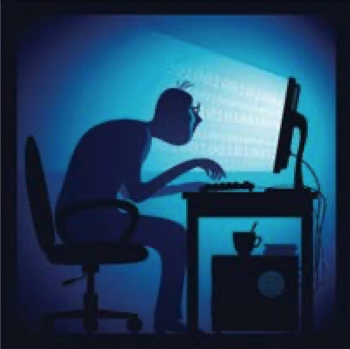Workplace Eye Safety

March 02, 2021 - 09:03 AM
Workplace Eye Safety
Every day, over 2,000 eye injuries requiring medical treatment happen while on the job, and up to 20% of these can cause temporary or permanent vision loss. Of these 2,000 injuries, more than 100 result in one or more days away from work. Some of the more common causes of eye injuries are:
- Welding equipment
- Power tools
- Airborne dust and particles
- Flying debris
- Chemical exposure
- Radiation exposure
- Extensive use of computer screens
- Impact hazards
The good news is that up to 90% of these injuries can be prevented with simple precautions:
Take breaks from looking at computer screens.
Use the 20-20-20 rule: every 20 minutes, look 20 feet away for 20 seconds. You can
also reposition your monitor to be at a 90- degree angle from windows or other direct
sources of light to reduce glare. Keep your monitor
at approximately arm’s length (20-26 inches). And remember to blink! We tend to blink
less often when looking at screens, but blinking is important to keep the eye moist
and can help reduce strain, fatigue, and dry eyes.
Know your eye safety hazards. Do you work with chemicals or other hazardous liquids that could splash? Do you work with power tools that cause debris or fine particles in the air? Is the majority of your workday spent at the computer? Take some time to evaluate all of your job tasks and whether they pose eye safety hazards. Employers can also have an eye hazard assessment performed.
Wear proper eye protection for the job. Safety goggles with side shields, full face shields, and welding masks are all examples of eye protection, but the job you are doing and the materials you are working with will determine which type should be used. Eye protection should be stored in a sanitary manner and should be replaced if damaged. Check your protective gear before each use to ensure it is in good condition and that it is fitted to you properly.
Keep visitors and coworkers safe. If site visitors or staff who work in a different area will be traveling through an area with eye safety hazards, ensure that they also have the proper eye protection for the hazards they will be exposed to.
Use machine guards, screens, or other engineering controls. While proper PPE is crucial to preventing many injuries, using external engineering controls such as machine guards or screens will add an additional layer of protection. Ensure these are installed correctly and are in place before starting work.

